The Metropolitan Museum* and the Art Institute of Chicago announced appointments today — one curatorial and one staff. Oddly, it’s the latter that’s more intriguing.
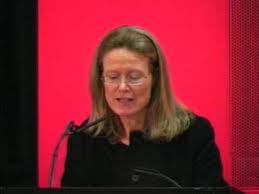 On Fifth Avenue, director Tom Campbell followed his pattern of seeking expertise in Mother England; he named fellow-Brit Sheena Wagstaff (right) to “the newly created position of Chairman of the Department of Modern and Contemporary Art;” she is currently chief curator of Tate Modern, “where for the past decade she has been responsible for programming strategy and planning.”
On Fifth Avenue, director Tom Campbell followed his pattern of seeking expertise in Mother England; he named fellow-Brit Sheena Wagstaff (right) to “the newly created position of Chairman of the Department of Modern and Contemporary Art;” she is currently chief curator of Tate Modern, “where for the past decade she has been responsible for programming strategy and planning.”
That’ll be a switch; the Tate Modern is aggressively contemporary, which the Met has never been. Most recently, contemporary at the Met was led by Gary Tinterow, chairman of the Department of Nineteenth-Century, Modern, and Contemporary Art. He has been named director at the Museum of Fine Arts in Houston (in fact, his farewell party at the Met was last night), and had more expertise in 19th Century and Modern art. Met-watchers have been predicting that Campbell would split the departments again (as they were until 2004, when the late Bill Lieberman, former head of contempary art at the Met, “stepped down”) and go very contemporary. Looks as if he has.
Wagstaff starts at the Metropolitan Museum in late spring, following Luke Syson, who just joined the Met as curator of European Sculpture and Decorative Arts from his post as Curator of pre-1500 Italian Paintings and Head of Research at London’s National Gallery. Syson curated the blockbuster Leonardo exhibition now packing them in in Trafalgar Square.
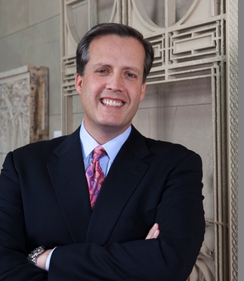 In Chicago, it’s Art Institute meets HomeMade Pizza Company. That’s right, according to an email from AIC arrived that in my imbox today. It announced the appointment of Gordon Montgomery (left) as Vice President of Marketing and Public Affairs. (Oddly, it was effective January 3, 2012, so his office is a little late getting the news out.)
In Chicago, it’s Art Institute meets HomeMade Pizza Company. That’s right, according to an email from AIC arrived that in my imbox today. It announced the appointment of Gordon Montgomery (left) as Vice President of Marketing and Public Affairs. (Oddly, it was effective January 3, 2012, so his office is a little late getting the news out.)
Montgomery, most recently Chief Marketing Officer for HomeMade Pizza Company, has no art expertise (at least according to the release). Before the pizza place, he worked at NewSight Corporation, a new media and technology startup. There, he marketed “early generation 3DTV (albeit without glasses),” among other things, and he has also worked at Publicis Groupe’s Leo Burnett Worldwide, the ad agency, where he worked on accounts for Gateway, Maytag, Motorola, Sony, and Procter & Gamble, among other clients.
This is as big a switch, and in some ways a riskier one, than the Met’s. It was announced not by AIC director Douglas Druick, but rather by David Thurm, Chief Operating Officer of the Art Institute. Druick has said, however, that he wanted to beef marketing — I trust this simply means he is comfortable letting Thurm manage his areas of the museum.
Not too long ago, I heard that the Art Institute’s new wing, which opened in 2009, hasn’t brought the crowds that were expected. Yes, attendance surged that year to about 1.85 million, but it settled back — as is normally expected — in 2010 to 1.6 million. I haven’t yet seen numbers for 2011, but the AIC had similar attendance in 2002 through 2005, and it was higher in 2001. So was the expansion a wash in terms of drawing visitors?
The Art Institute is hardly alone among museums in needing better marketing, and this could end up being a brilliant move — even if it is reminiscent of Al Taubman talking about marketing art being the same as marketing root beer, way back when he bought Sotheby’s.
As my friend Ron Culp, a long-time Chicago-based PR and marketing expert, with a long-standing familiarity with the Art Institute, says:
That certainly is an unconventional hire. I’m encouraged, however, by institutions that take creative risks when it comes to marketing and communications. They’ve found that traditional cultural marketing doesn’t necessarily cut it like in the good old days. His grassroots, store-by-store targeting of individual customer wants could lead to a refreshing change of approach for this staid institution. Will be on the lookout for changes at Michigan and Adams.
Photo Credits: Courtesy of the Tate Modern (top) and Art Institute of Chicago (bottom)
*I consult to a foundation that supports the Met

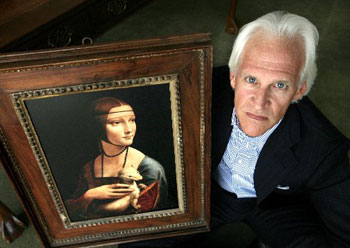 On Saturday, at the Palm Springs International Film Festival, Clooney said he’s going to make a movie telling the story of the Monuments Men — the American men and women who worked in Europe after World War II to rescue art that had been looted by Hitler and his henchmen.
On Saturday, at the Palm Springs International Film Festival, Clooney said he’s going to make a movie telling the story of the Monuments Men — the American men and women who worked in Europe after World War II to rescue art that had been looted by Hitler and his henchmen. 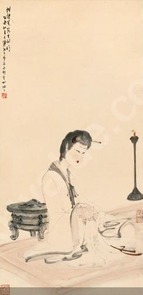
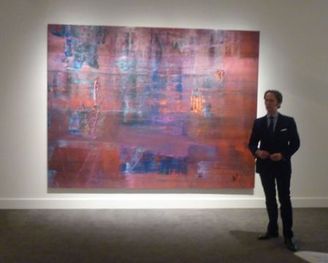
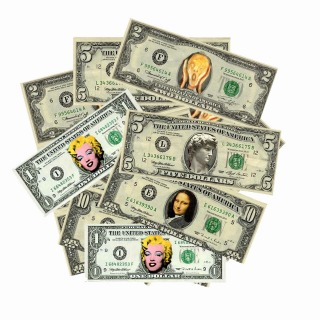 That’s because, as the report begins,
That’s because, as the report begins,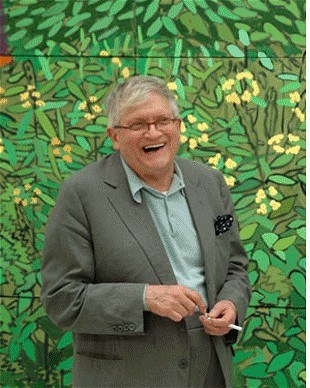 As The Guardian reported it
As The Guardian reported it